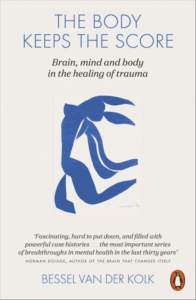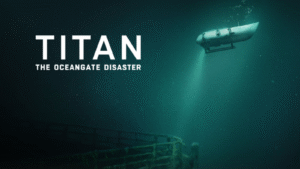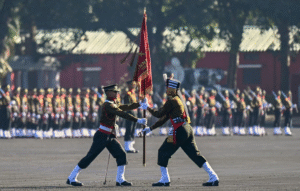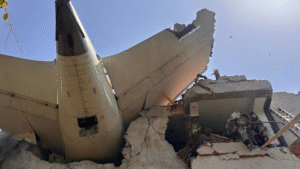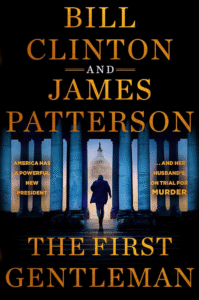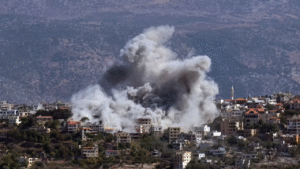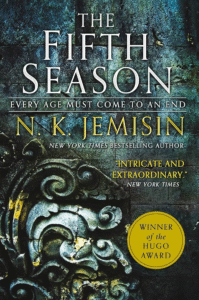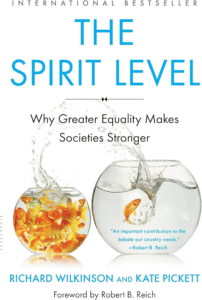Survival in the Frozen City: A Review of Helen Dunmore’s The Siege

Helen Dunmore’s 2001 novel, The Siege, plunges the reader into the heart-wrenching reality of the Leningrad Blockade during World War II. It’s not merely a historical account, but a deeply human story, exploring the extremities of survival, the fragility of hope, and the enduring power of love amidst unimaginable suffering. Dunmore masterfully crafts a narrative that’s both epic in its scope and intensely personal in its focus, drawing us into the daily struggle for existence faced by a young woman named Anna and her family.
The Unflinching Reality of the Blockade
The most striking aspect of The Siege is its unflinching portrayal of the brutal physical and psychological toll of the blockade. Dunmore spares no detail in depicting the relentless hunger, the freezing cold, and the constant threat of bombardment. Food becomes an obsession, every crumb a precious commodity, and the dwindling rations dictate the rhythm of life and the specter of death. The descriptions of Anna’s increasingly gaunt figure, her dizzy spells, and the desperate measures taken by citizens to find sustenance are visceral and haunting. Beyond the physical hardships, the novel vividly illustrates the erosion of civility and the sheer exhaustion of the human spirit. The once vibrant city of Leningrad becomes a silent, snow-bound tomb, its inhabitants stripped bare of their former lives, reduced to their most primal instincts for survival.
Resilience and Human Connection Amidst Despair
Yet, amidst this stark landscape of despair, Dunmore illuminates the resilience of the human spirit and the extraordinary ways in which individuals cling to their humanity. Anna, a young writer and translator, embodies this tenacity. Her love for her younger brother, Kolya, and her ailing father, provides a powerful driving force for her survival. The small acts of kindness, the shared whispers of hope, and the desperate attempts to maintain a semblance of normalcy – a shared cup of tea, a salvaged book, a moment of fleeting beauty – all serve as poignant reminders of the enduring human need for connection and meaning. The novel also explores the complexities of human relationships under duress. The dynamic between Anna, her father, and her strained relationship with her neighbor, Marina, reveals the shifting loyalties and the profound impact of scarcity on interpersonal bonds.
Lyrical Prose and Evocative Storytelling
Dunmore’s writing is exquisite, characterized by its lyrical prose and keen observational power. She seamlessly weaves historical detail with intimate psychological insights, creating a world that feels both authentic and deeply immersive. The descriptions of the frozen Neva River, the bomb-damaged buildings, and the ghostly figures wandering the streets are rendered with a powerful, evocative beauty that contrasts sharply with the horror they represent. The author also skillfully uses symbolism, particularly the recurring motif of food, to underscore the central theme of survival and the constant battle against oblivion.
A Powerful Testament to Human Endurance
In conclusion, The Siege is a powerful and unforgettable novel that transcends its historical setting to offer universal insights into the human condition. Helen Dunmore’s masterful storytelling, her profound empathy for her characters, and her unflinching depiction of both the horrors and the enduring hope of humanity make this a truly remarkable work. It’s a testament to the resilience of the human spirit in the face of unimaginable adversity and a poignant reminder of the sacrifices made during one of history’s most brutal sieges. The Siege isn’t merely a book to be read; it’s an experience to be felt, leaving an indelible mark on the reader’s understanding of survival, love, and the enduring strength of the human will.

